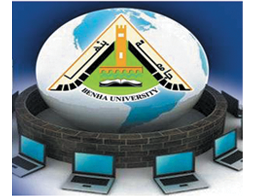Contrast Enhanced Digital Mammography Anddigital Breast Tomosynthesis In Early Diagnosis Of Breast Lesion:
Nelly Farag Attalla ; |
Author | |||||
|
MSc
|
Type | |||||
|
Benha University
|
University | |||||
|
|
Faculty | |||||
|
2010
|
Publish Year | |||||
|
The general quality of mammography is often questioned. It misses manytumors in dense glandular tissue. Contrast enhanced digital mammographyand Digital Breast Tomosynthesis are two techniques that attempt to increasebreast lesion conspicuity. Both techniques have been studied independently and incombination. Contrast-enhanced mammography enables visualization of tumors withoutinference from superimposed structures. It involves injecting the contrast agentintravenously while the patient is imaged with a sequence of digital mammogramsthat show the flow of the contrast agent over time. It is based on the principle thatrapidly growing tumors require increased supply of Wood to support theirgrowth. The contrast agent preferentially accumulates in such areas and contrastenhanced mammography offers a method of imaging the distribution of agent inthe breast tissue. But it is still a 2D technique.Digital breast tomosynthesis is expected to overcome this limitation byproviding slice images of the breast. It has the potential to improve sensitivityin the detection of breast cancer due to reduced overlap of breast tissue,particularly in dense breasts. This may result in earlier breast cancer detection.Digital breast tomosynthesis may also lead to significant improvements inspecificity: with the 3D data available, a 3D analysis of the distribution ofmicrocalcifications, or a 3D analysis concerning shape, margins and size oflesions, might be easier. As a result, this could lead to a reduction of the recallrate of patients and fewer biopsies. Finally, digital beast tomosynthesis mayeliminate the need for multiple exposures of the same breast.The goal is to combine the advantages of DBT and contrast enhancedmammography. DBT is a ”3D mammography” technique while a contrast agentprovides physiological information of the findings. Compared with 2D contrastenhanceddigital mammography, the superimposed enhanced breast tissue canbe separated by DBT, so the morphology (shape) information of the enhancedlesion can be better characterized. The tumor can also be augmented fromsurrounding the tissue in order to measure the dynamic curve of the contrast asdone in MR. |
Abstract | |||||
|
| .
Attachments |








